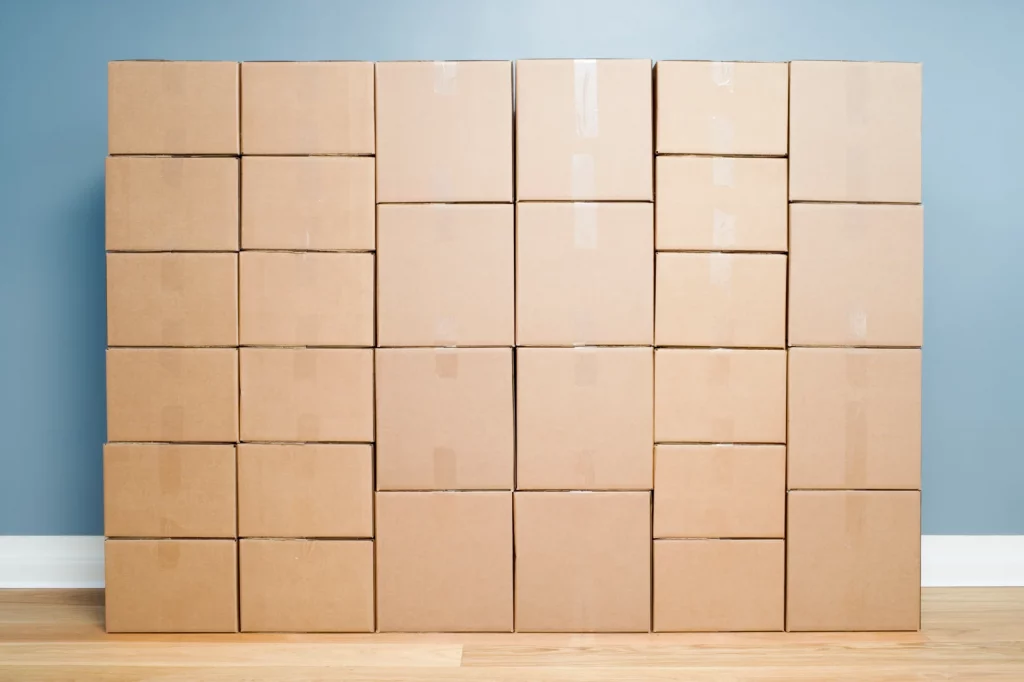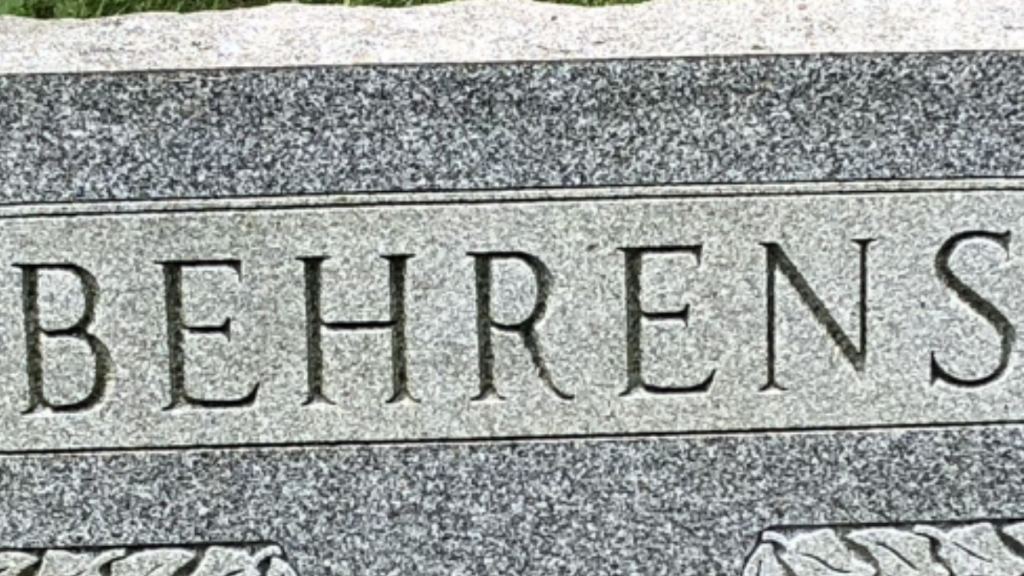I was doing some DOSTADNING lately and I found an article I had tucked away from some 5 years ago from Time Magazine and I thought it was more than appropriate to share with you during a Wednesday Blog Post which I always try to feature some educational piece on how to be better Caring Catalysts in all phases and forms of our lives
DOSTADNING, is a Swedish hybrid of the words for death and cleaning. And as morbid as it sounds, that’s exactly what death cleaning is: the process of cleaning house before you die, rather then leaving it up to your loved ones to do after you’re gone.
A book called The Gentle Art of Swedish Death Cleaning makes the case that the task isn’t morbid at all. Author Margareta Magnusson—a Swedish artist who describes herself as somewhere between age 80 and 100—says it’s “more like a relief,” and that it has benefits you can enjoy while you’re still very much alive.
“Generally people have too many things in their homes,” says Magnusson in a YouTube video posted by the book’s publisher. “I think it’s a good thing to get rid of things you don’t need.” Magnusson says she’s always death cleaned, “because I want to have it nice around me, keep some order.”
Magnusson says people should start thinking about death cleaning as soon as they’re old enough to start thinking about their own mortality. “Don’t collect things you don’t want,” she says. “One day when you’re not around anymore, your family would have to take care of all that stuff, and I don’t think that’s fair.”
The Death Cleaning method bears similarities to that of the tidying-up guru Marie Kondo: Keep what you love and get rid of what you don’t. But while Kondo tells people to trash, recycle or donate what they discard, Magnusson recommends giving things you no longer want to family and friends “whenever they come over for dinner, or whenever you catch up with them,” reports the Australian website Whimn.
However, Magnusson does advocate for keeping sentimental objects like old letters and photographs. She keeps a “throw-away box,” which she describes as things that are “just for me.” When she dies, her children know they can simply throw that box away, without even looking through its contents.
The Gentle Art of Swedish Death Cleaning is out for U.S. publication If the trend catches on stateside, it could be a good way for families to discuss sensitive issues that might otherwise be hard to bring up, says Kate Goldhaber, a family therapist and assistant professor of psychiatry and behavioral neurosciences at Loyola Medicine. I am already working this into one of my presentations, THE SPIRITUALITY OF DEATH AND DYING
“It seems like a nice, proactive approach to facilitating cooperation and communication among families early on in the aging process, when you’re not too entrenched in the difficult parts later on,” says Goldhaber. “There can also be something very empowering and healthy about taking care of your own space and making it more organized while you’re still around.”
Death cleaning may have benefits for the cleaners themselves, and not just for their loved ones, says Goldhaber. Some research suggests that clutter in the home can raise stress levels and reduce productivity. As adults get older, having a house full of stuff may also raise their risk for falls and create other health and safety hazards.
Goldhaber points out that many people may engage in a type of death cleaning without calling it that—when they downsize from a large house to a small apartment as they get older, for instance. “It’s a new way of thinking about the grunt work that comes along with those transitions, which can be really stressful,” she says.
If bringing up the concept of death with aging loved ones still feels wrong, Goldhaber suggests rephrasing the idea. “If you present it as, ‘Let’s organize the house so it’s a more enjoyable place for you to live and for us to have holidays,’ it might be better received than ‘Let’s throw away your stuff now so we don’t have to sort through it later,’” she says. “It can be fun, even late in life, to redecorate and declutter, and it can be a great thing for families to do together.”
Magnusson says that death cleaning is an ongoing process that’s never truly finished. “You don’t know when you are going to die, so it goes on and on,” she says in the video.
Her daughter chimes in, stating the obvious: Death cleaning ends with death. Magnusson laughs and nods. “Then it stops,” she says, “of course, finally.”
Maybe we all need to be doing some serious DOSTNADING before we die
but as we live
know that before we put anything in a box
OURSELVES INCLUDED
K N O W
t h a t
DEATH IS NOT THE LAST THING THAT HAPPENS TO US
Our lives
as we know them
will not continue as we know them
b u t
SHELVED AND BOXED
we will not be. . .
WE PASS ON
(all we are)
(all others hope to keep of us)



I am sending this to my mom – lol
we have had this conversation to a degree but she has soooooo much stuff.
Miss Lisa, it’s an important, ongoing conversation we all need to have more than once; THANK YOU